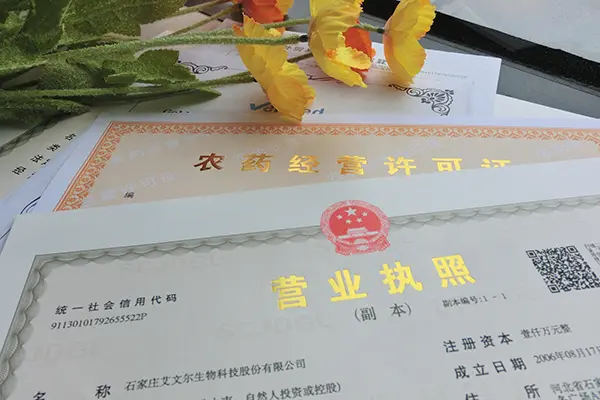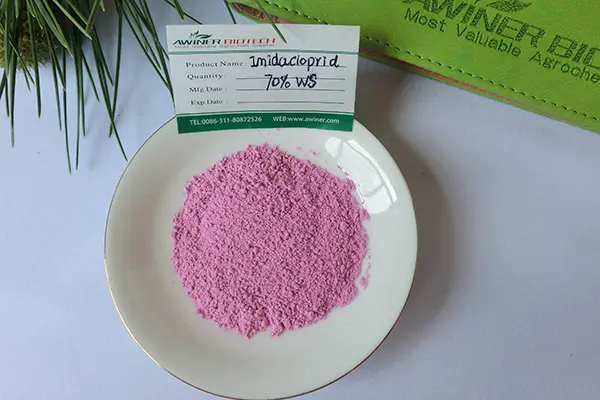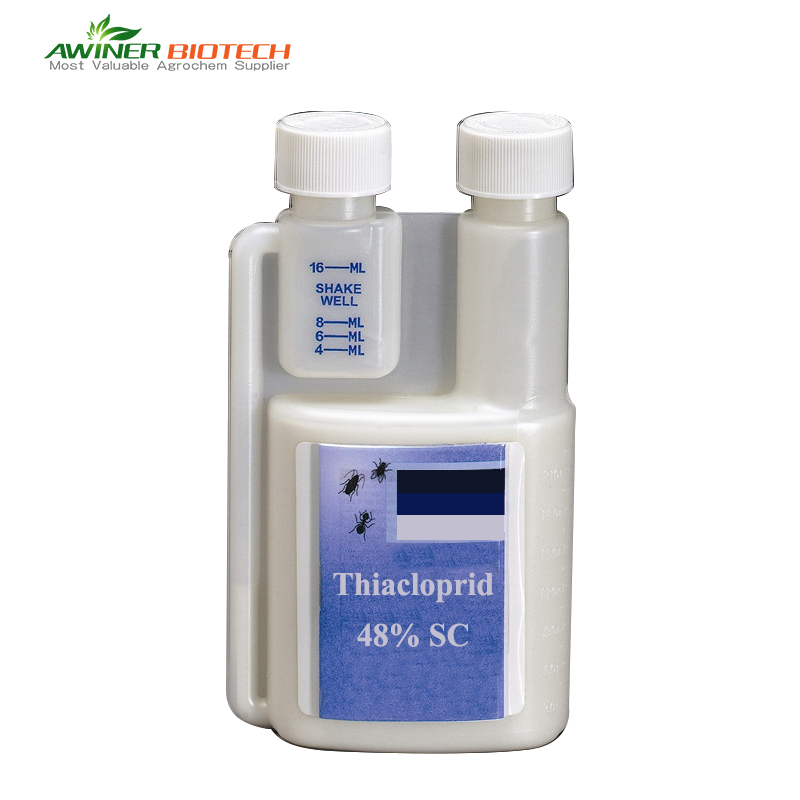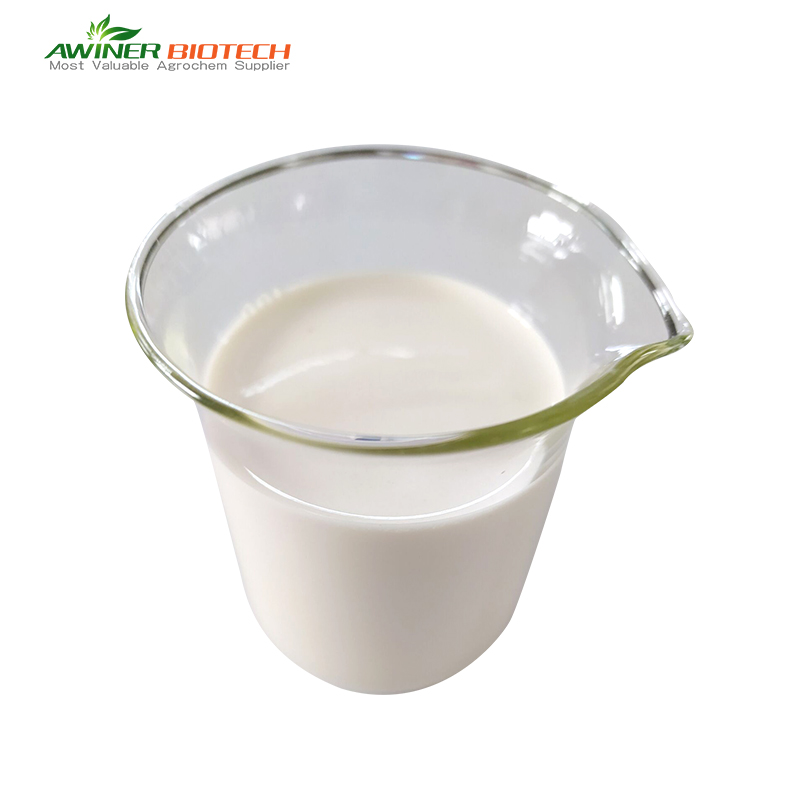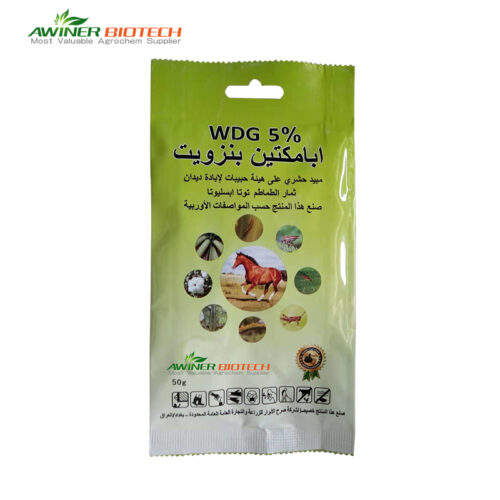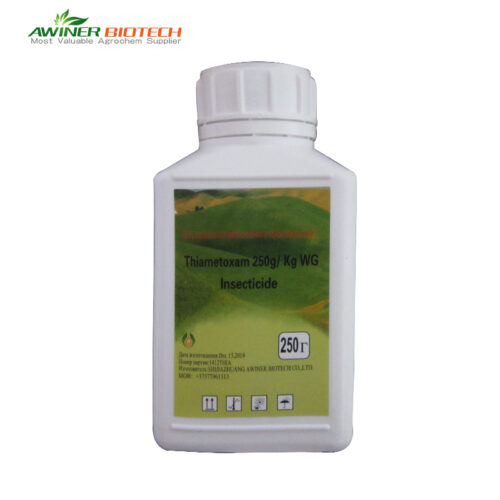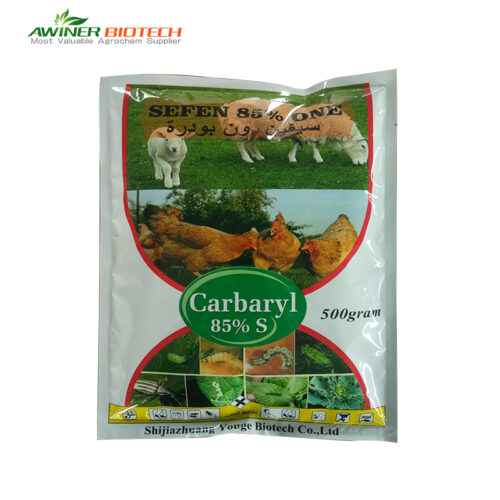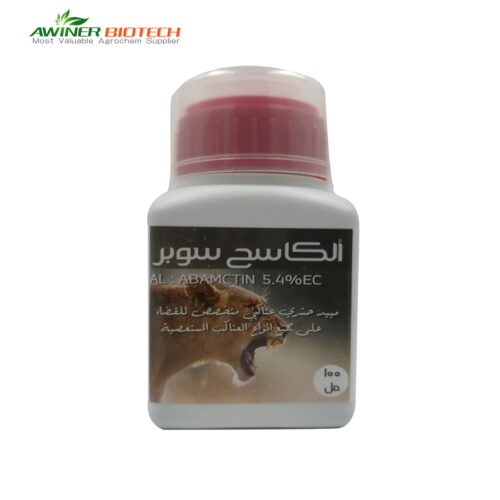Thiacloprid |
|
| Dosage form | 40% SC;35% WDG;25% WP |
| Packing | Liquid:50ml、100ml、250ml、500ml、1L、5L、10L、20L Solid:10g、50g、100g、250g、500g、1kg、5kg、10kg、25kg |
| Formulation | Customized |
| Label | Customized |
| Crop-Pest | Tea tree – Tea green leafhopper, Black citrus aphid Chrysanthemum – Tobacco aphid Watermelon – Aphids Rice – Rice leafhopper |
| Certification | SGS、 ISO 、BV |
| Delivery time | 20-30 days |
| Mixture products |
Thiacloprid and Deltamethrin
Thiacloprid and Acetamiprid Thiacloprid and Thiamethoxam Thiacloprid and Imidacloprid |
| Payment terms |  |
Thiacloprid is a neonicotinoid insecticide widely used to control a variety of pests, including aphids, whiteflies, and beetles. It works by interfering with the nervous system of insects, leading to their death. This systemic insecticide is effective in protecting crops such as fruits, vegetables.
Introduction of Thiacloprid
Thiacloprid offers reliable pest control by targeting the nervous system of insects, ensuring crop protection. This neonicotinoid insecticide is applied to manage pests like aphids and whiteflies on a range of crops, including fruits, vegetables, , providing long-lasting protection.
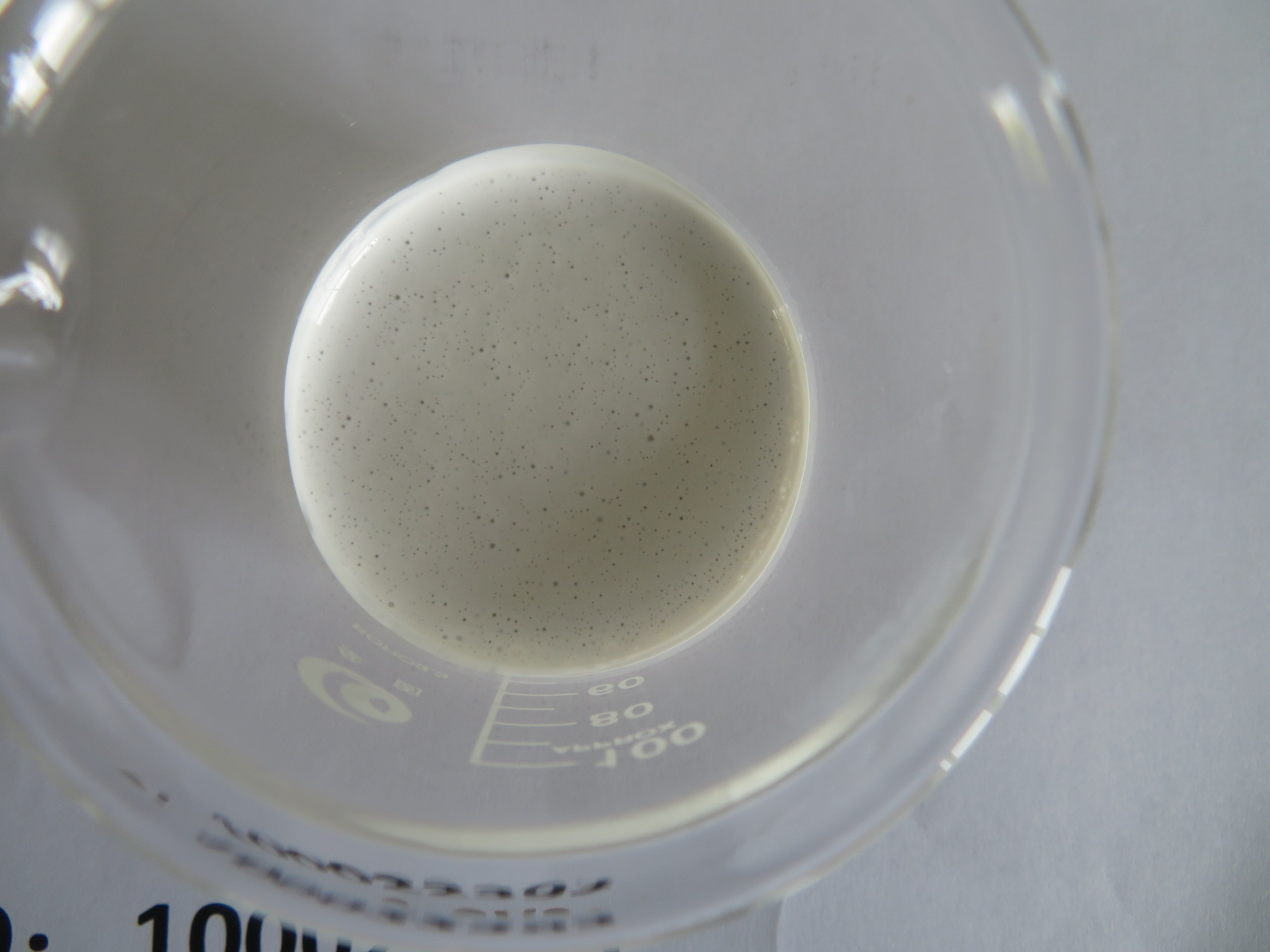 |
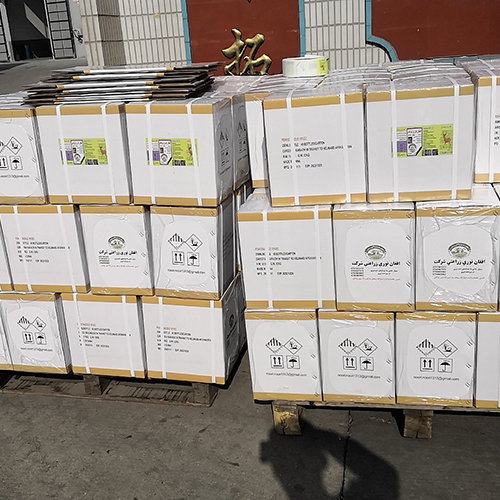 |
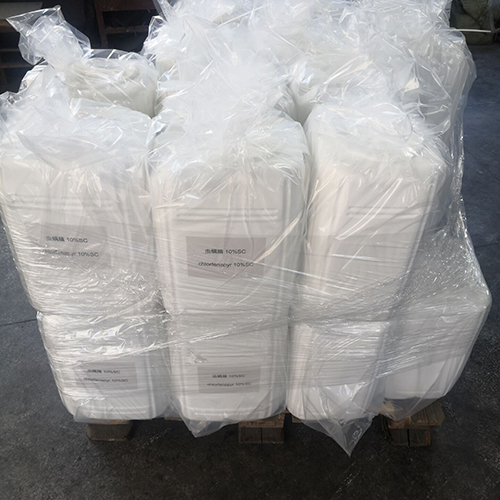 |
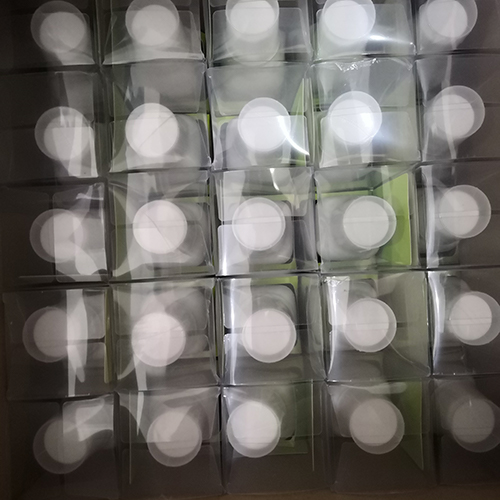 |
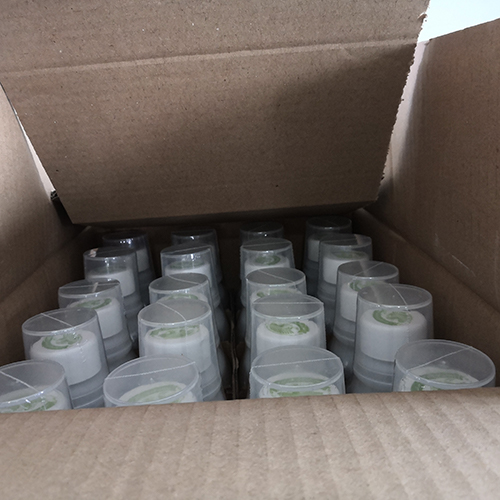 |
Application and Dosage:
Grapes: Apply at 0.05-0.1% concentration (500-1000 mL per 1000 liters of water) during the growing season to control powdery mildew.
Apples and Pears: Use at 0.05-0.075% concentration (500-750 mL per 1000 liters of water) to manage scab and powdery mildew.
Stone Fruits: Apply at 0.05-0.1% concentration for controlling brown rot and powdery mildew.
Cucurbits and Tomatoes: Use 0.05-0.1% concentration for powdery mildew control.
<About Awiner Biotech>
